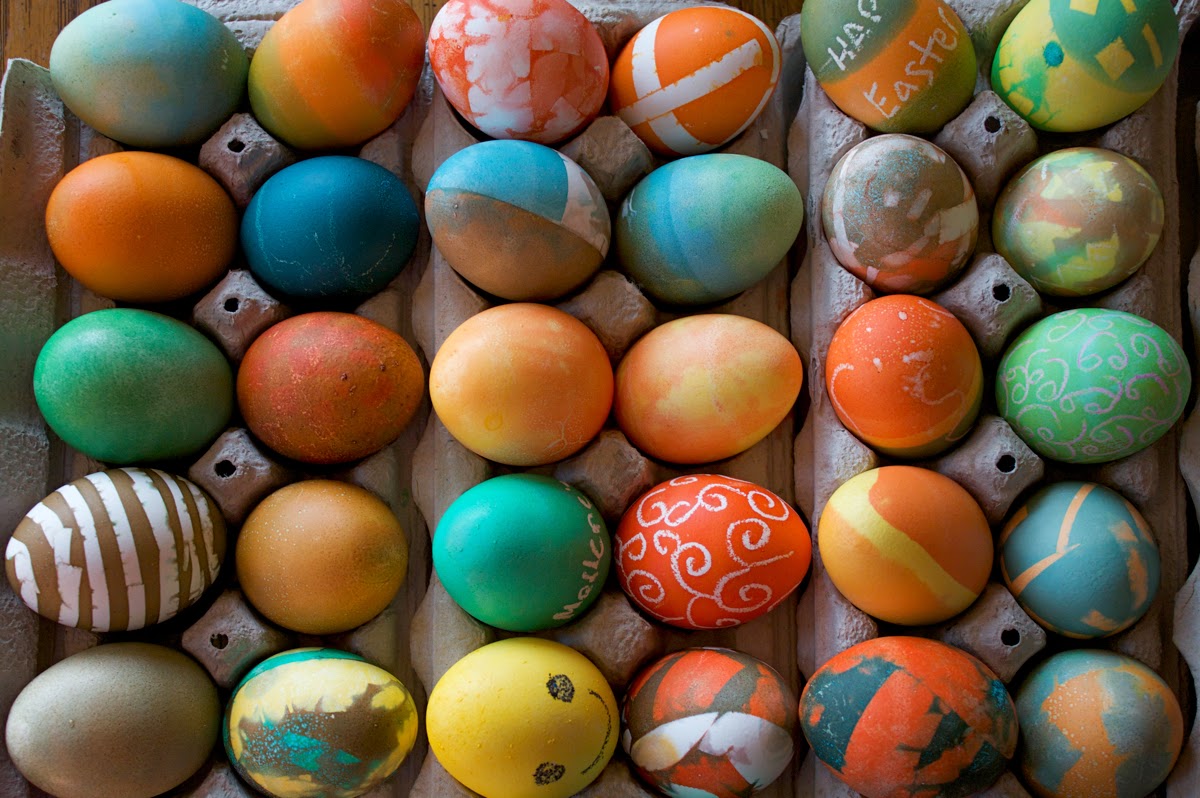For as long as I can remember, I
have enjoyed food. I am glad to have been born into the family I was – for,
among other things, the great culinary habits it brought with it. Healthy,
hearty, delicious food, tasty ethnic dishes like curries, hummus, or African
dishes, a strong gardening and growing ethic, and the list goes on. However, I
have always been little more than a consumer of this delicious food. In Service
Adventure, I am changing that and finding myself increasingly drawn to actually cooking
food (though this has not lessened my enjoyment of the food with others!). I
previously wrote a blog on cooking in the unit (
here), and I thought I
would share a slice of what has been going down recently in the Service
Adventure kitchen.
My first order of business was at
the grocery store. With a maximum budget of $65, it is always a lesson in
compromise. My unit mates often call me out on the high percentage of the food
budget that goes towards vegetables while I am cooking, but I stand steadfast
in my decision. Should it come down to a decision between meat and vegetables,
I’ll usually err on the side of the latter. Plus, we have a freezer downstairs
full of salmon so we might as get items that aren’t readily available (or
shouldn’t be at all in Alaska if you take a hardcore local stance!) like these
vegetables. Of course, we already had some items like eggs, potatoes, flour,
butter, etc. on hand which freed up space. In addition, much to the chagrin of
my Pennsylvanian, dairy-farming fellow Service Adventurer, I decided to not buy
any milk for my week as head chef in order to make room for other ingredients.
It might be a few more weeks before we are friends again. Below is the grocery purchase for one week.
 |
| The grocery purchase, roughly left to right; celery, leeks, cauliflower, frozen mixed
vegetables, pears, carrots, onions, sweet potatos, olive oil, yogurt,
pine nuts, feta cheese, garlic, tomatoes, coconut, green curry sauce
(they didn’t have the paste), and pepper jack cheese. |
One question I wondered to myself
was where on the spectrum of frugality and simplicity to extravagant and
gourmet is the most responsible point to land. One of the things we are
learning while in Service Adventure is how to live simply. How should that
translate into the food we buy? It is an unavoidable fact that eating healthily
and organically generally costs more. Of course, sometimes some items like rice
and beans can be both less expensive and healthier than processed and packaged
foods, but by and large, you get what you pay for. I would be interested in
what you think, my dear reader. How does one avoid becoming some sort of
privileged, affluent, elitist eater while at the same time cooking healthy,
colorful, delicious, and interesting food?
Well here are a few of the meals or
culinary projects I embarked upon. These are drawn from my two weeks of cooking
recently (one of which was made with the grocery image above)
 |
| Chicken curry on basmati rice, naan, dahl, and tomato chutney |
 |
| fresh baked naan - so delicious and really easy to make! |
 |
| Tomato bisque with apple/strawberry/cranberry crisp |
One day, my unit mate who works at
a local soup kitchen brought home large amounts of both basil and rosemary.
I’ve always been a huge fan of basil, so it was quite the exciting thing to
see. It was in need of quick use, so after purchasing several specific
ingredients, we whipped it up into pesto and froze it into ice cubes for later
use.
 |
| basil and rosemary |
 |
| making the pesto |
 |
| the pesto ready to be frozen in cubes |
One evening was pizza night!
 |
| my "sous-chef" assembling a pizza |
 |
| a baked pizza, with all sorts of toppings - white sauce/pesto for the base, tomatoes, spinach, basil, onions, feta, pepper jack, kalamata olives, green onions, etc... |
A week after the basil incident, my
unit mate brought home more basil, this time enough to stock a large grocery
store for several weeks. We then had basil incident number two, only on a much
larger scale than the first.
 |
| basil, basil, and more basil... |
We set out preparing to store it in several ways:
pureeing it with olive oil, pureeing it with just water or canola oil,
blanching the leaves and storing as is, or just pureeing the blanched leaves.
The basil slurry was then frozen in ice cube tray. It will be interesting to
see how well each method ends up working – and no matter what, we’ll have no dearth
of basil for the rest of the unit.
At the end of my cooking stint, I
was slightly ready to not cook for a while, but I was left with new ideas for
meals and many things to improve upon.
 |
Coconut milk and garlic that I
received from my work leader at the BLM. The only stipulation? To bring what
ever I made with in it to work. Any ideas?
|



























































